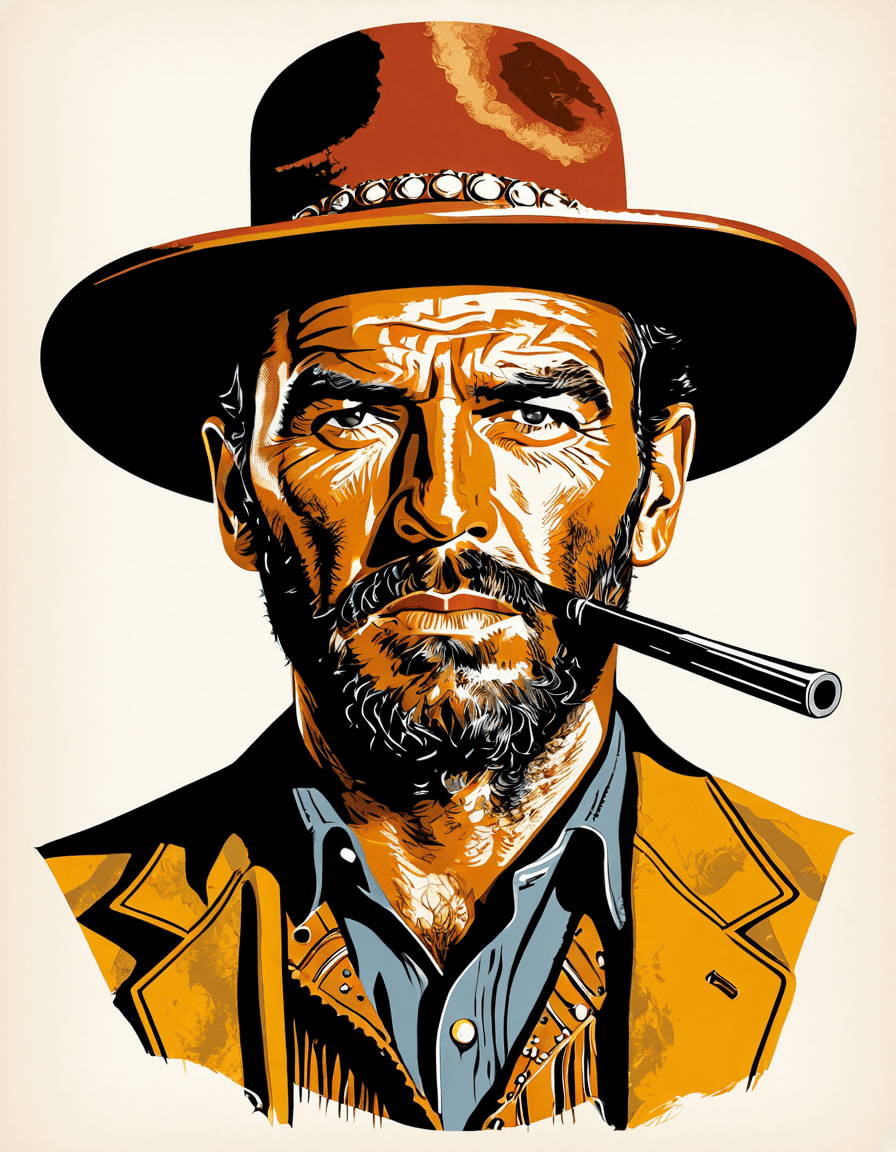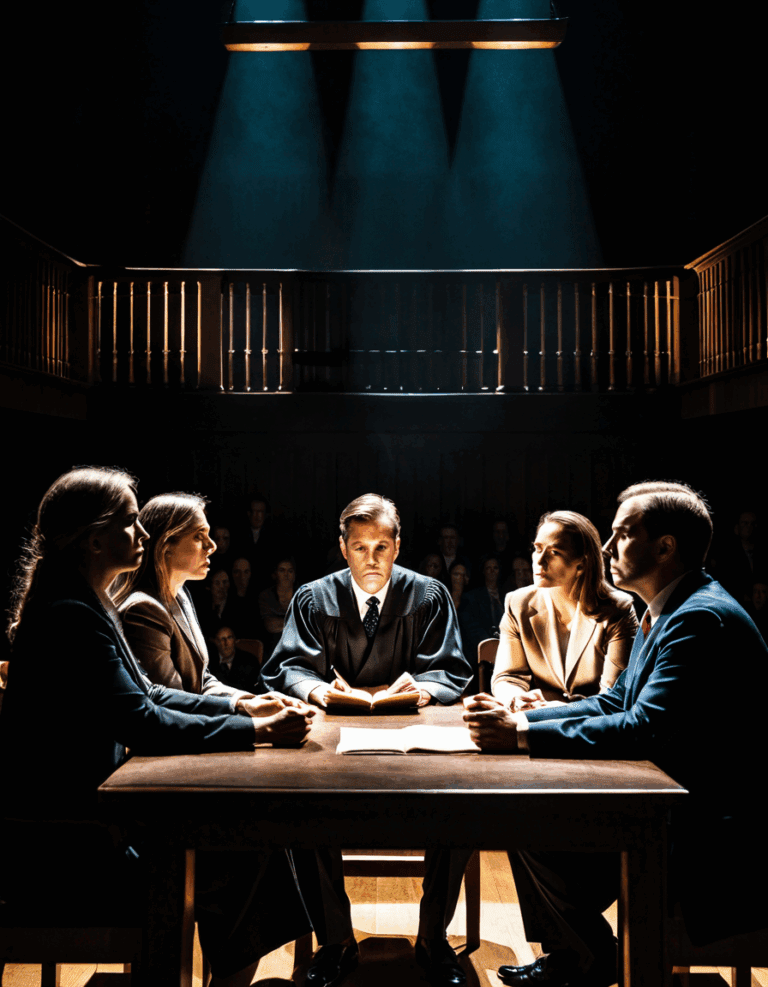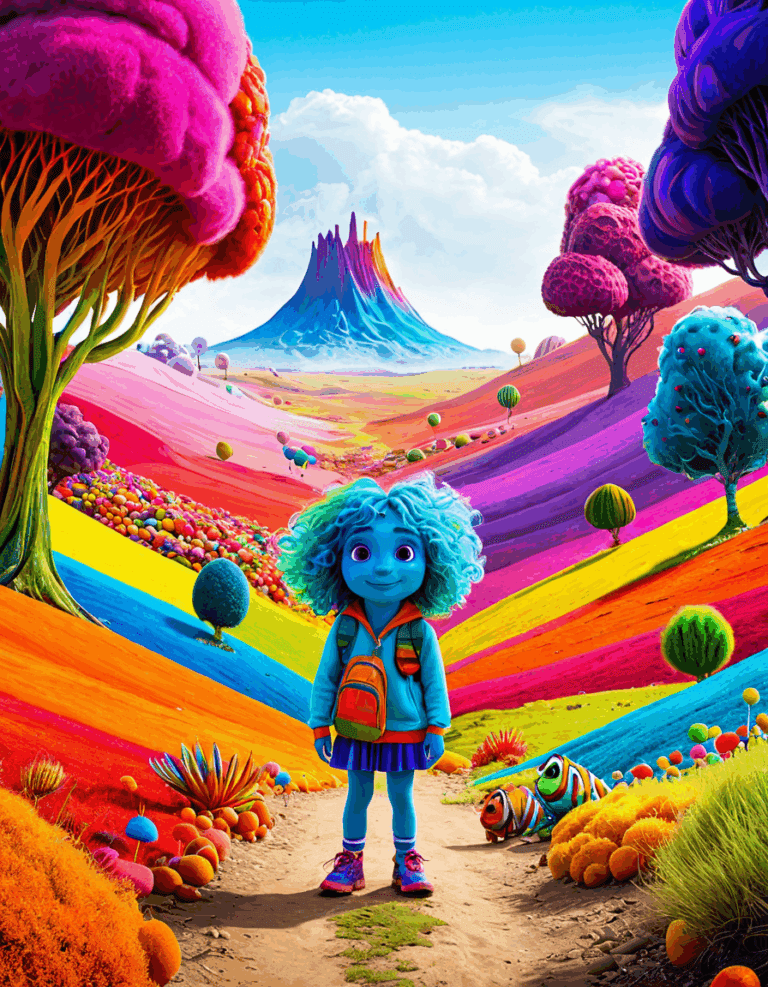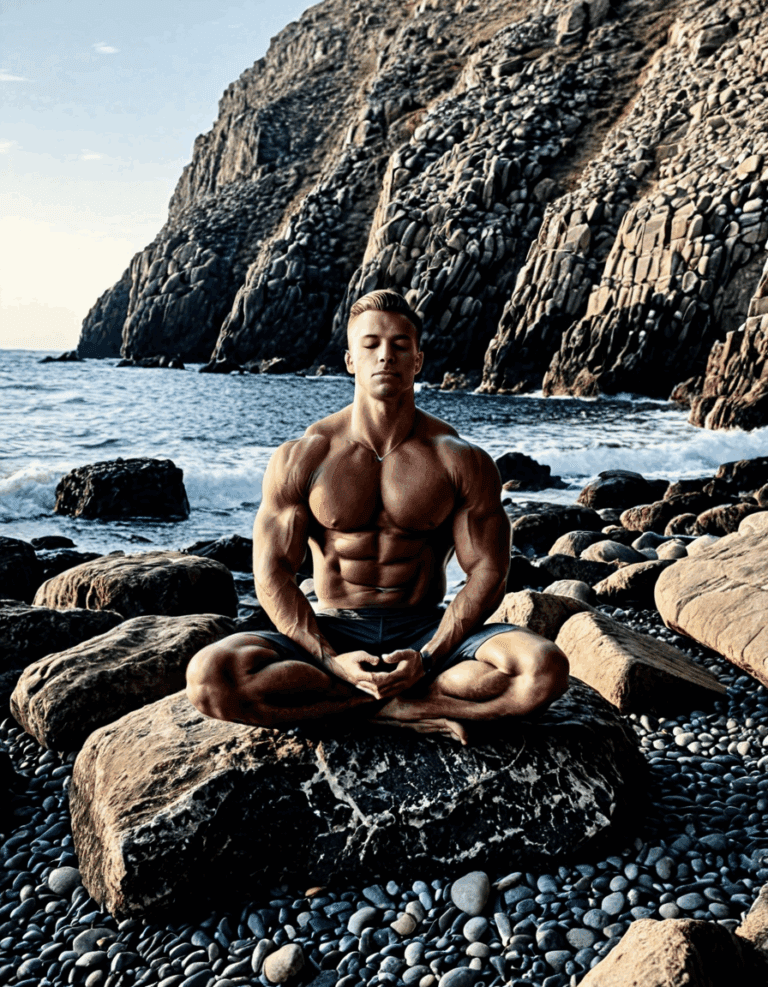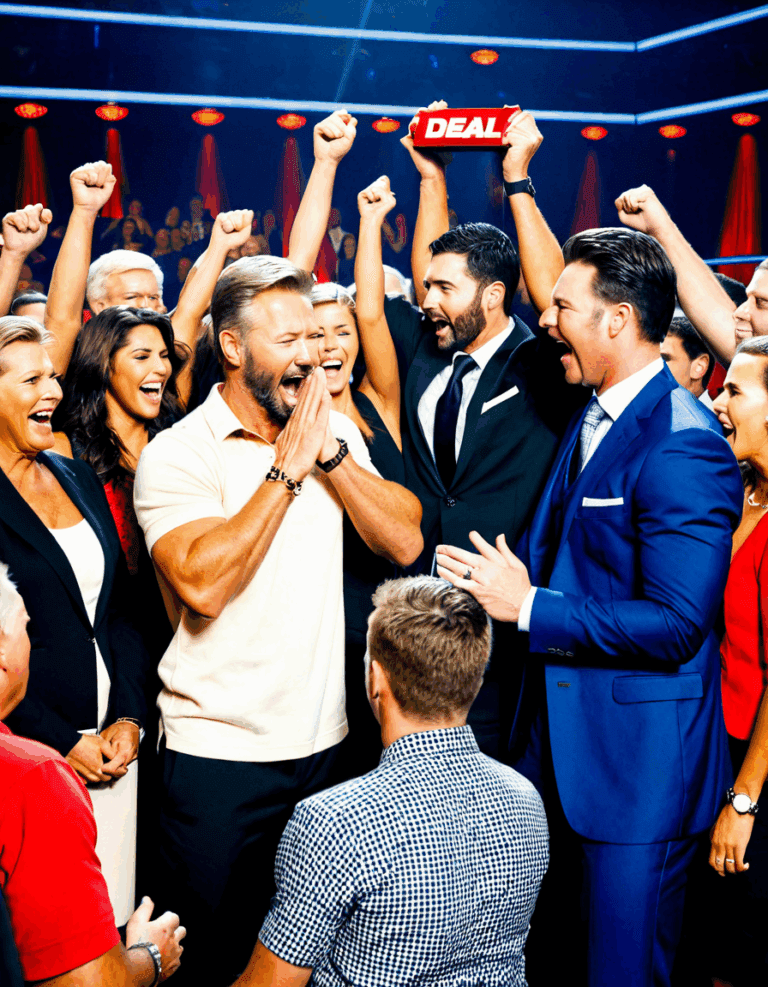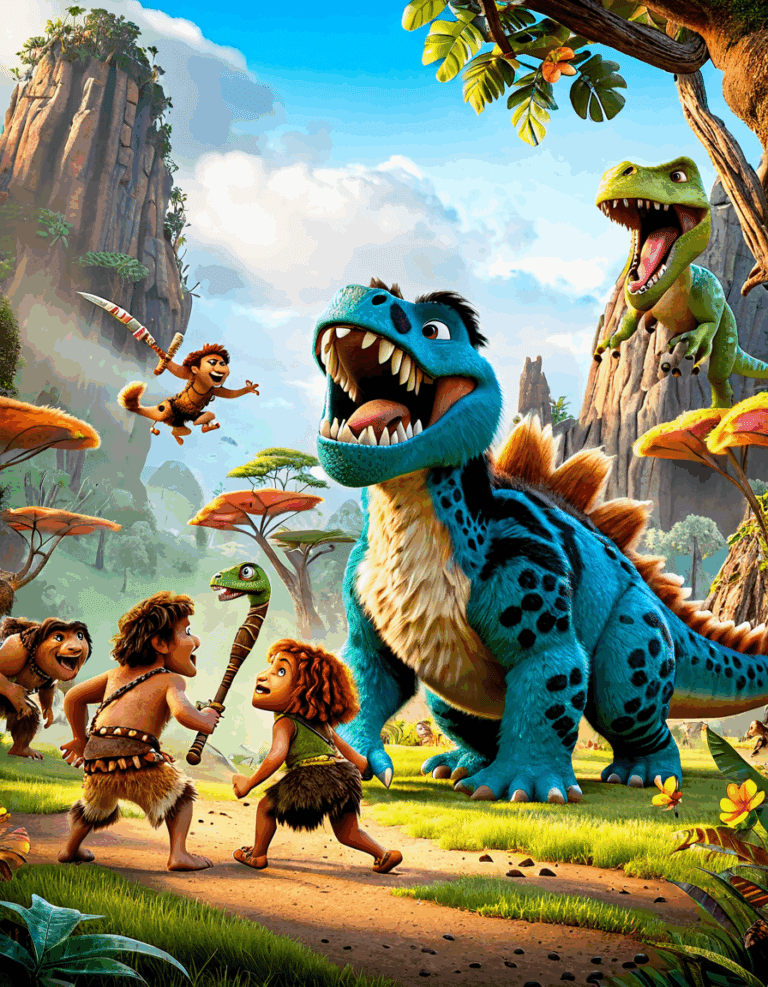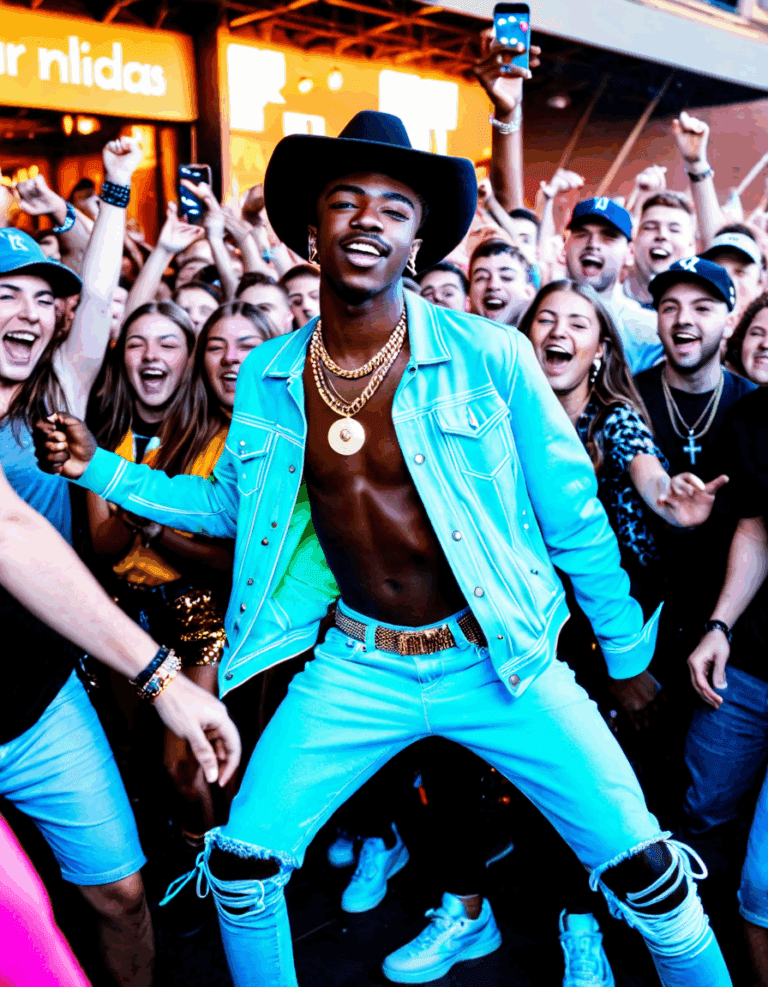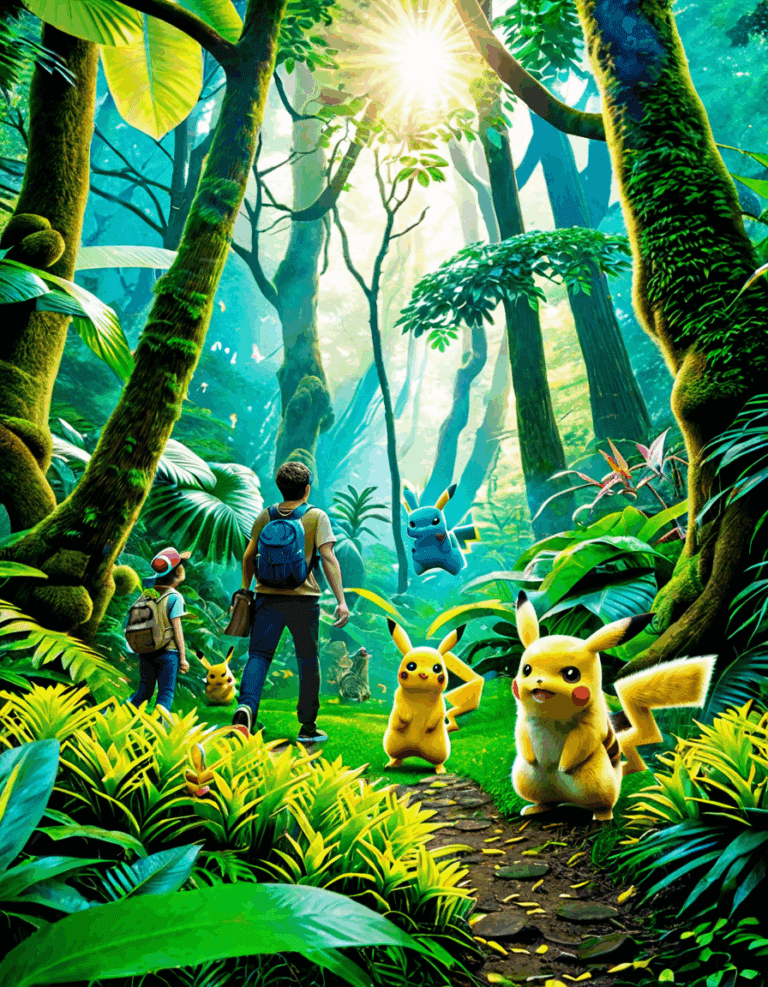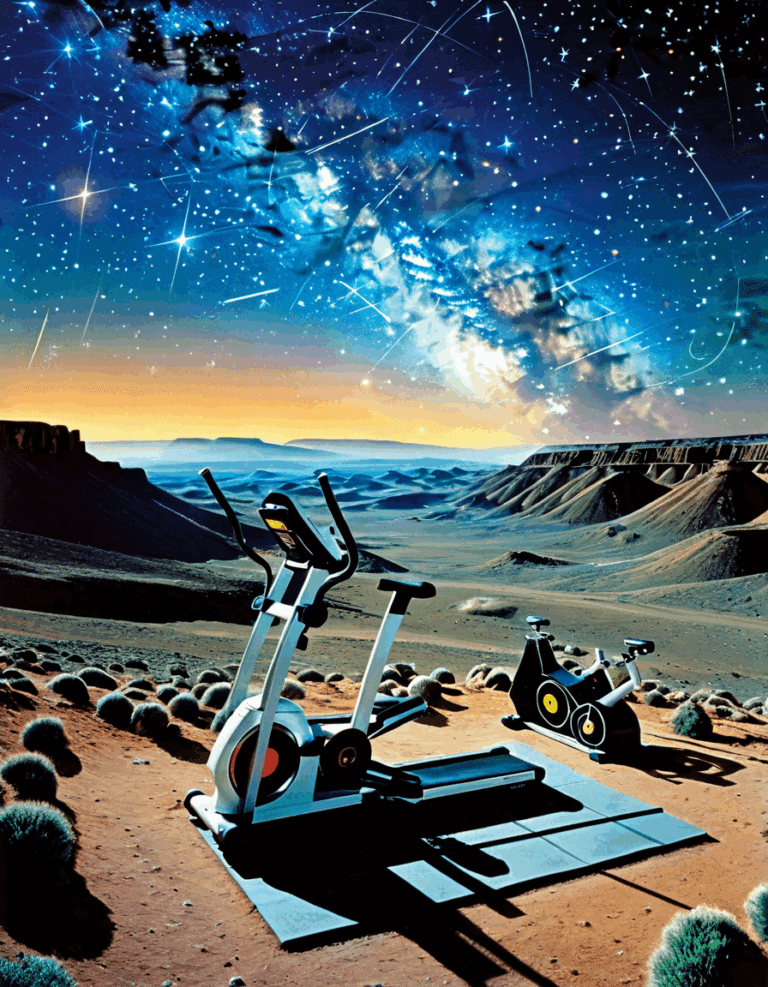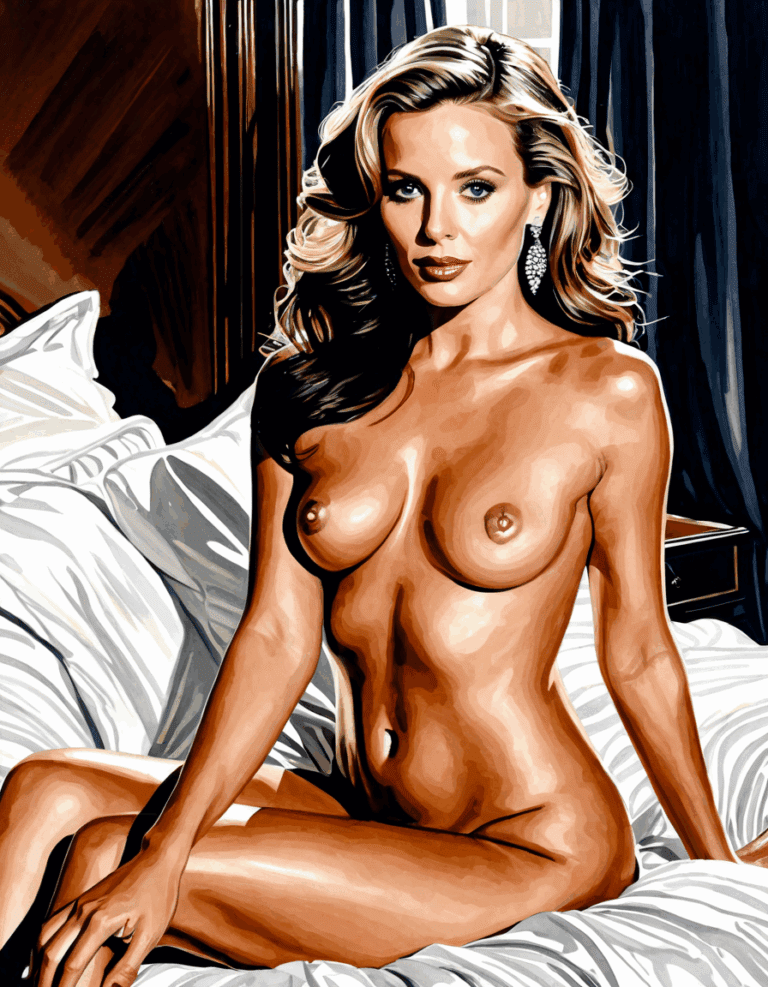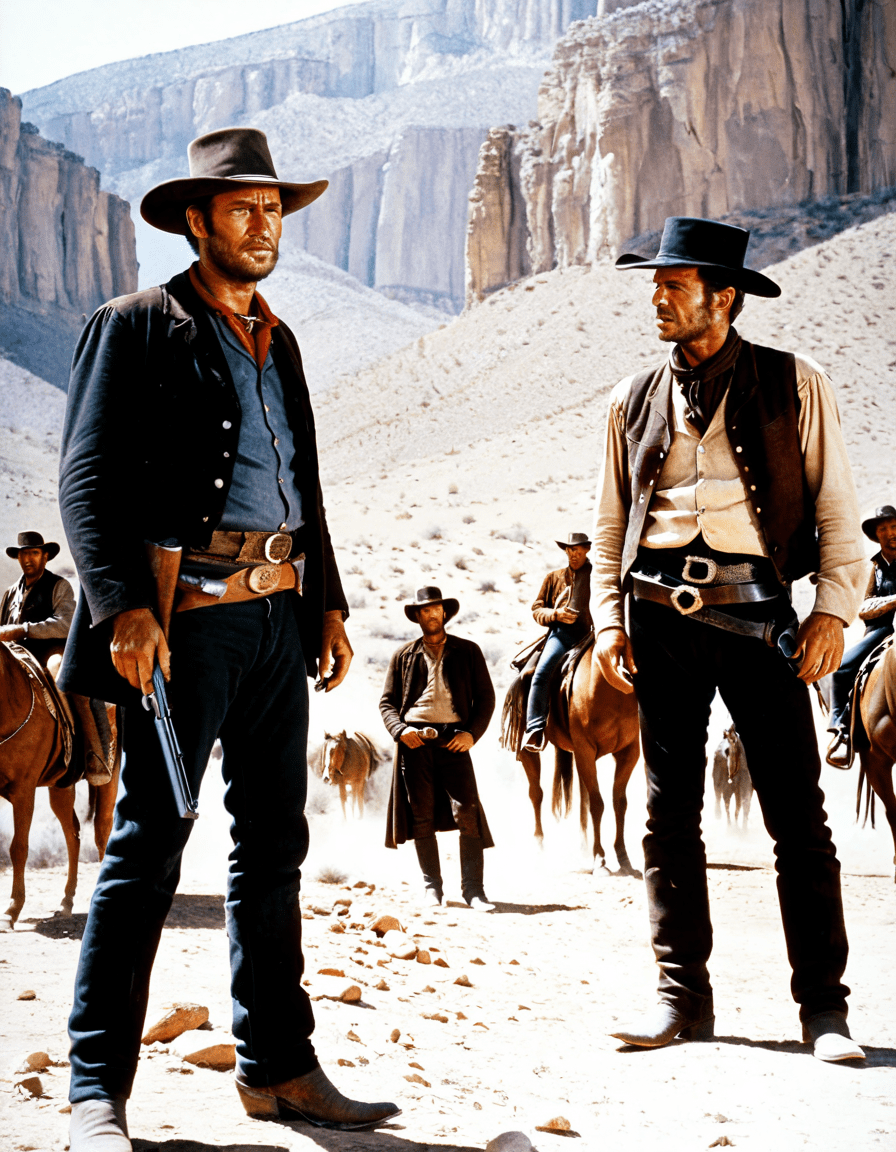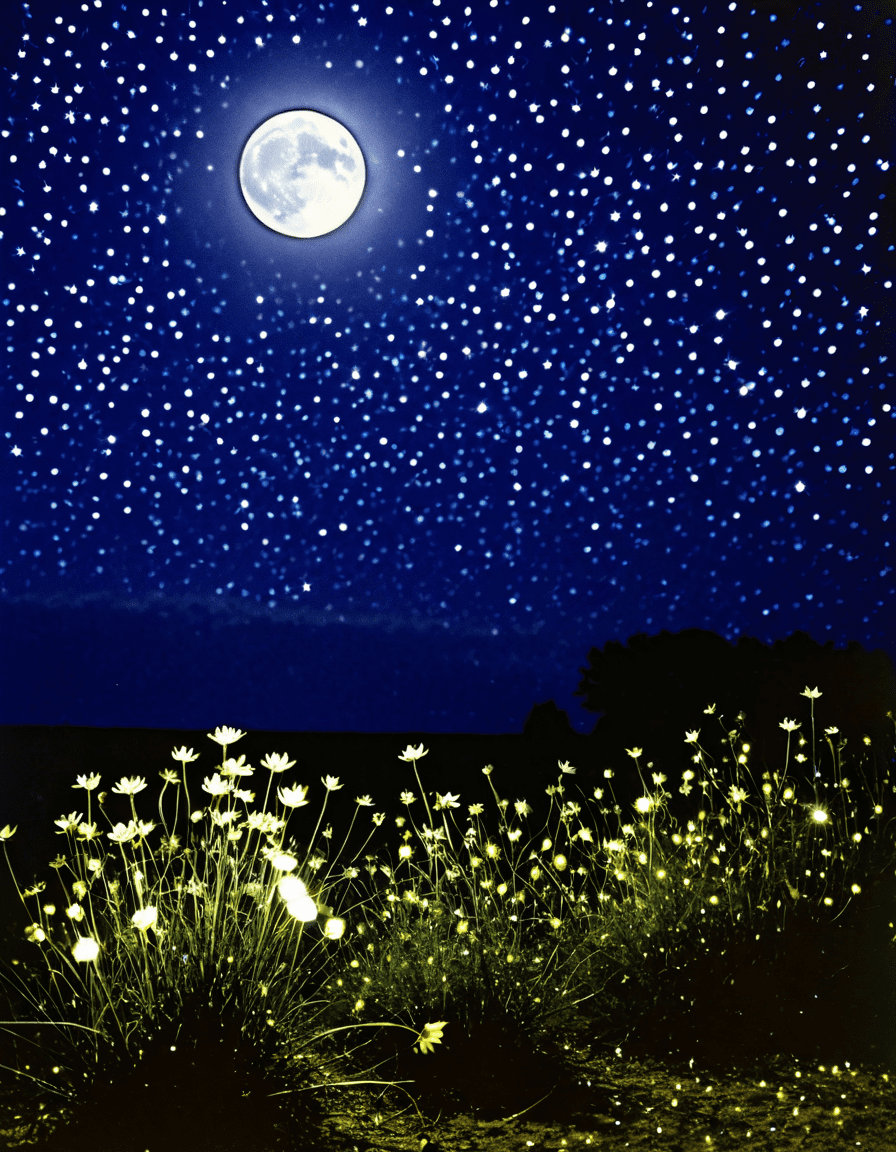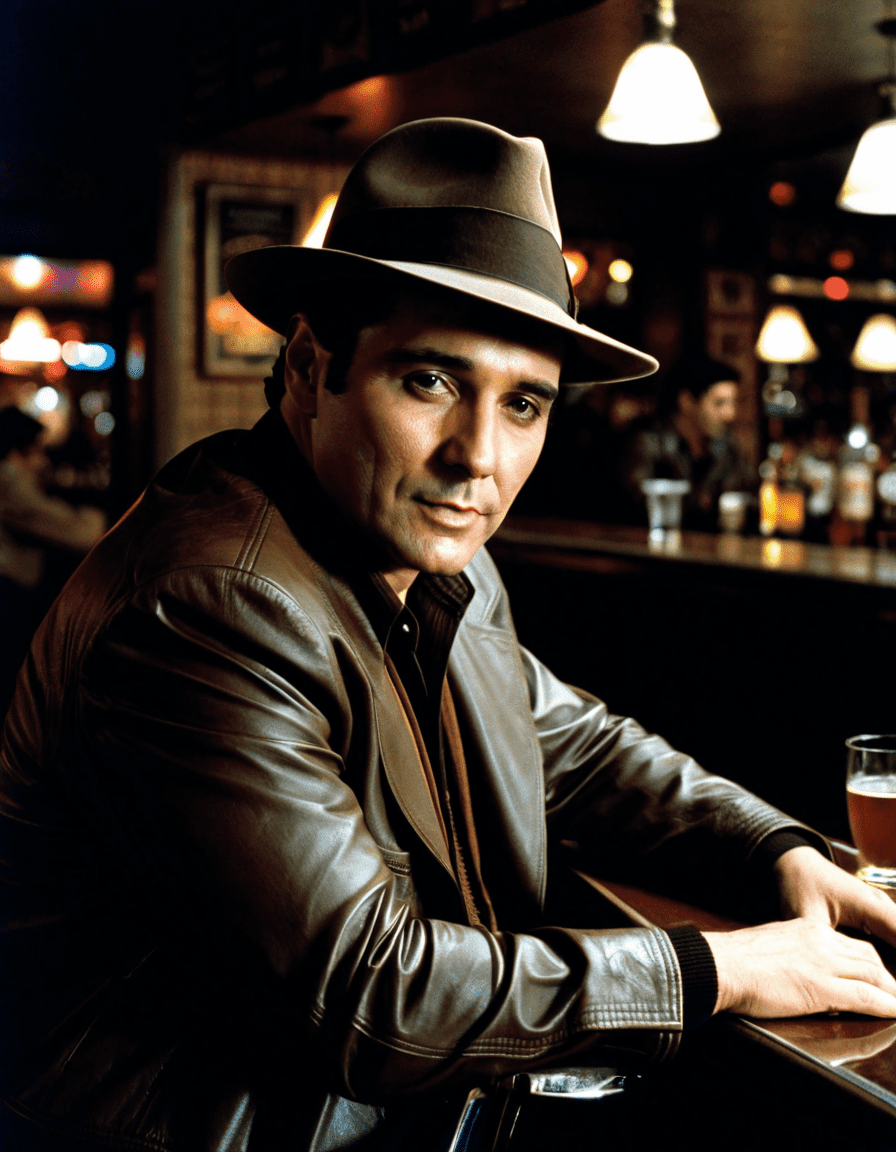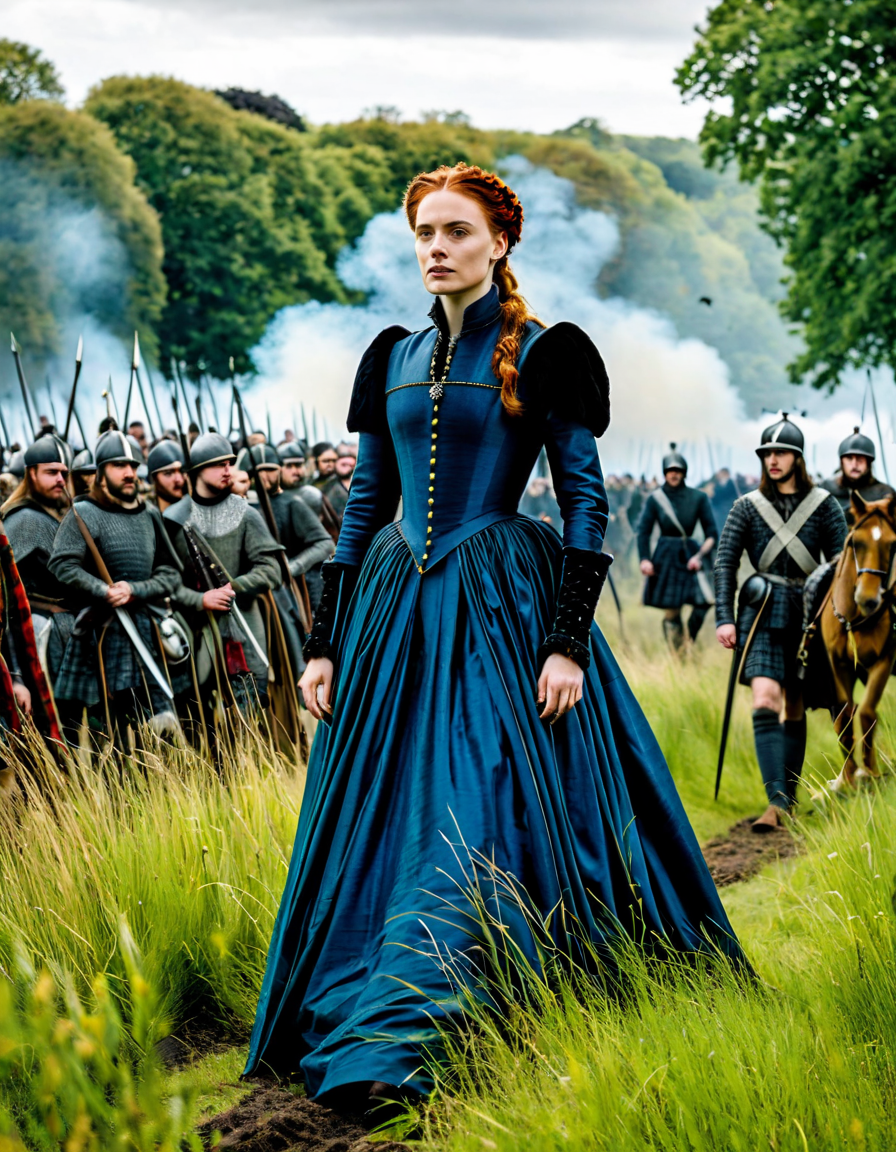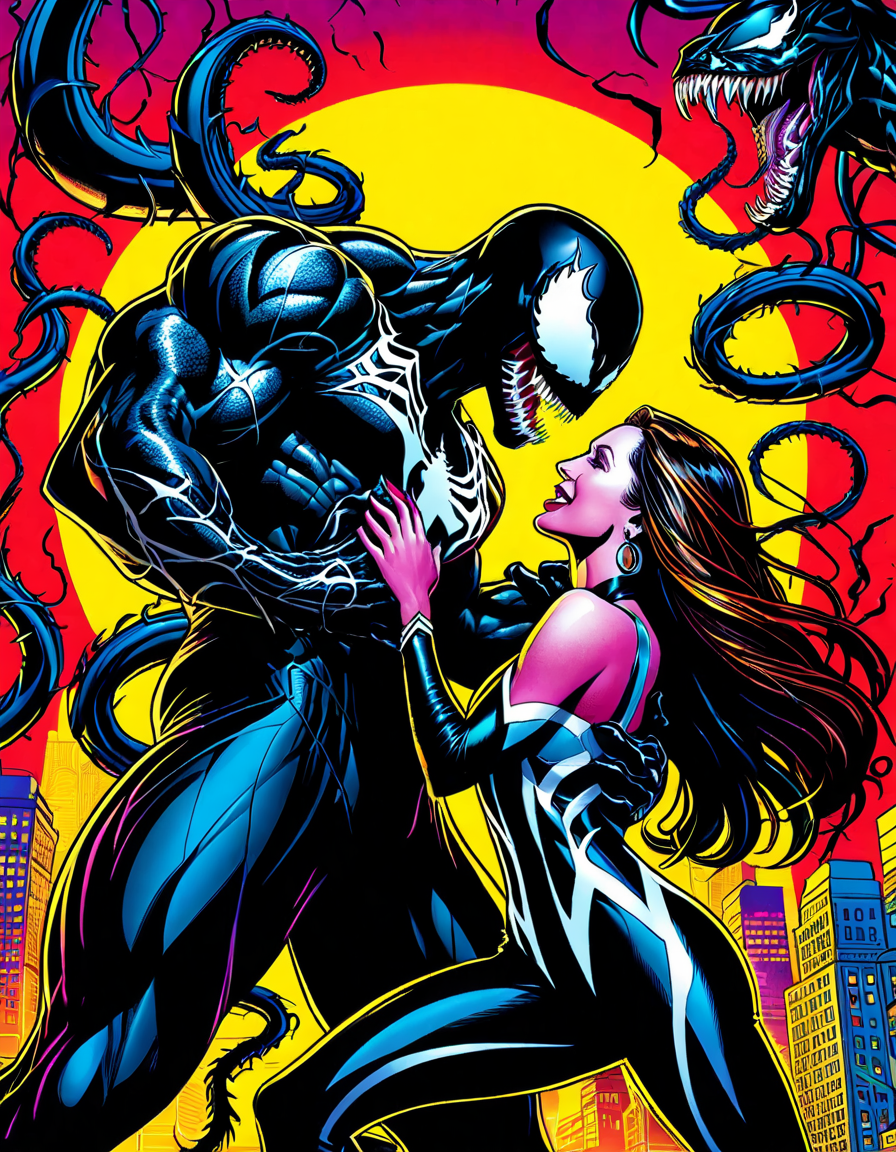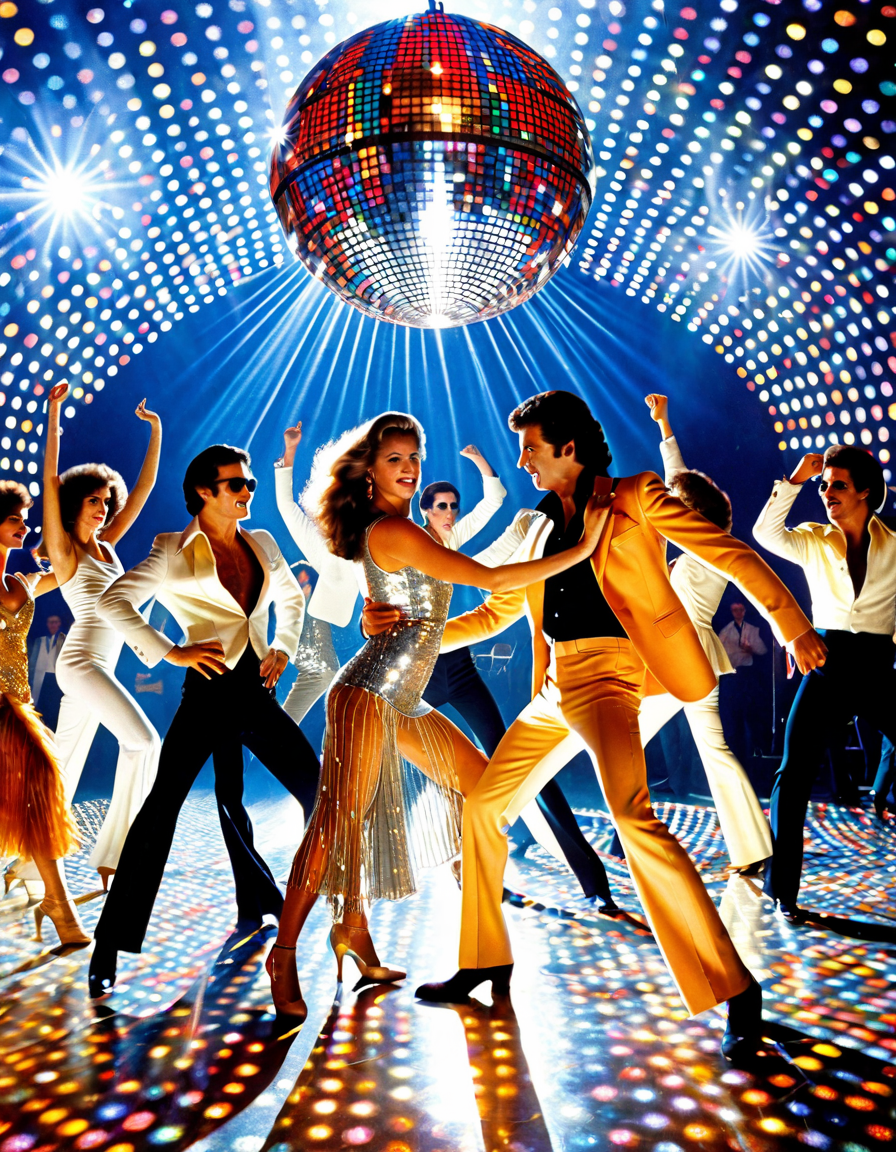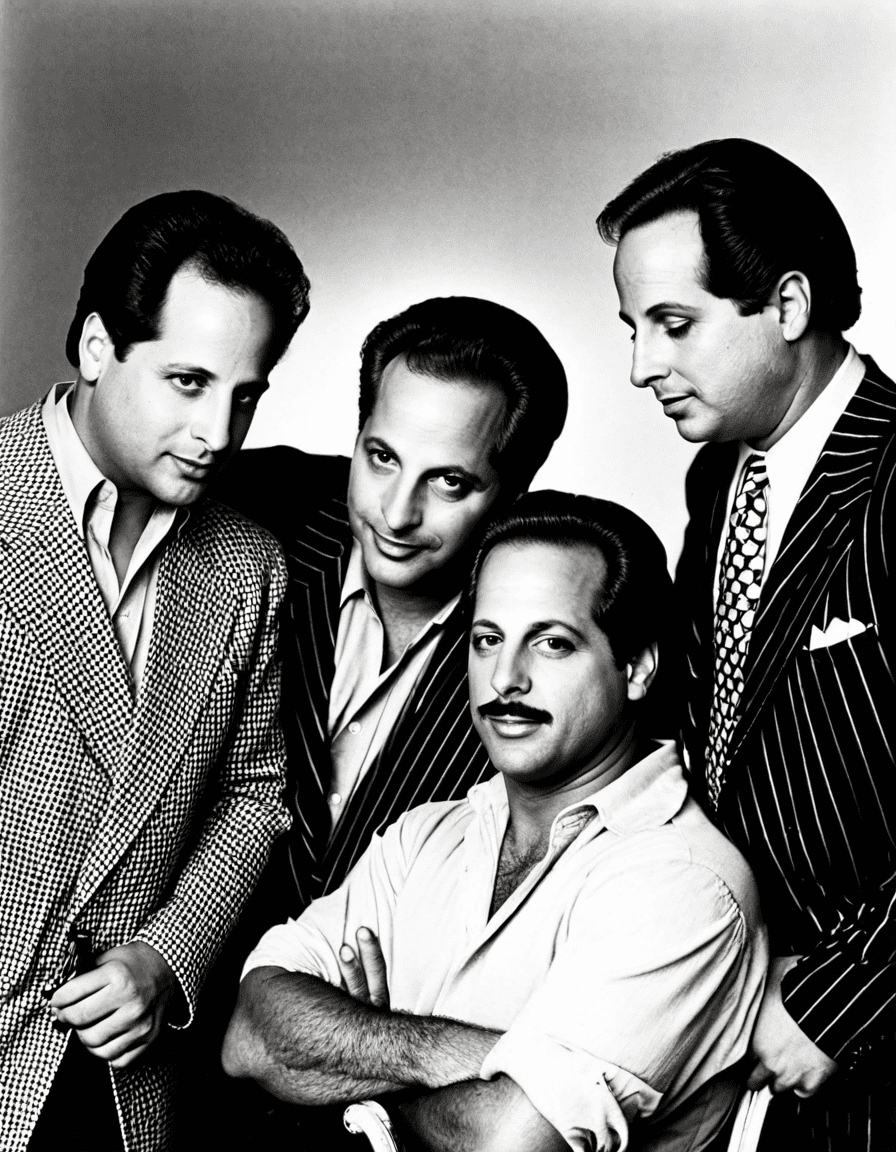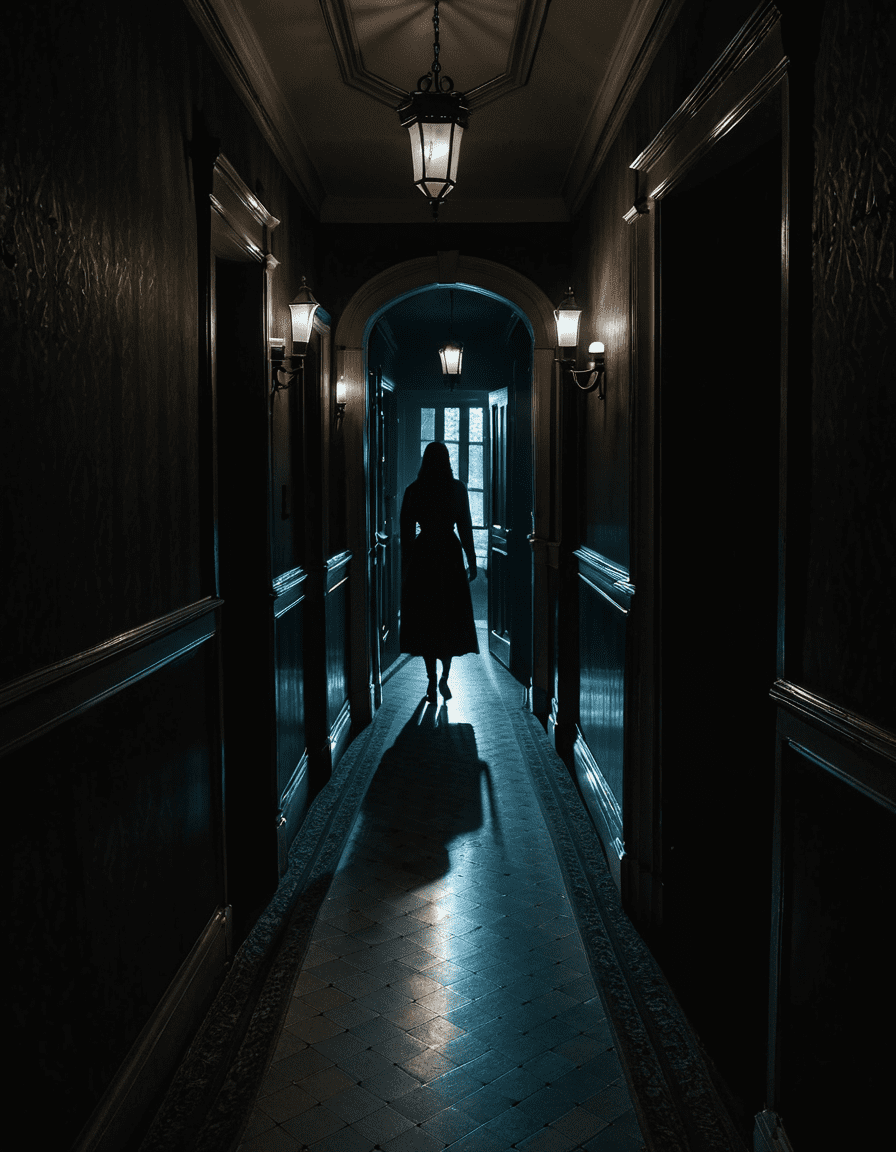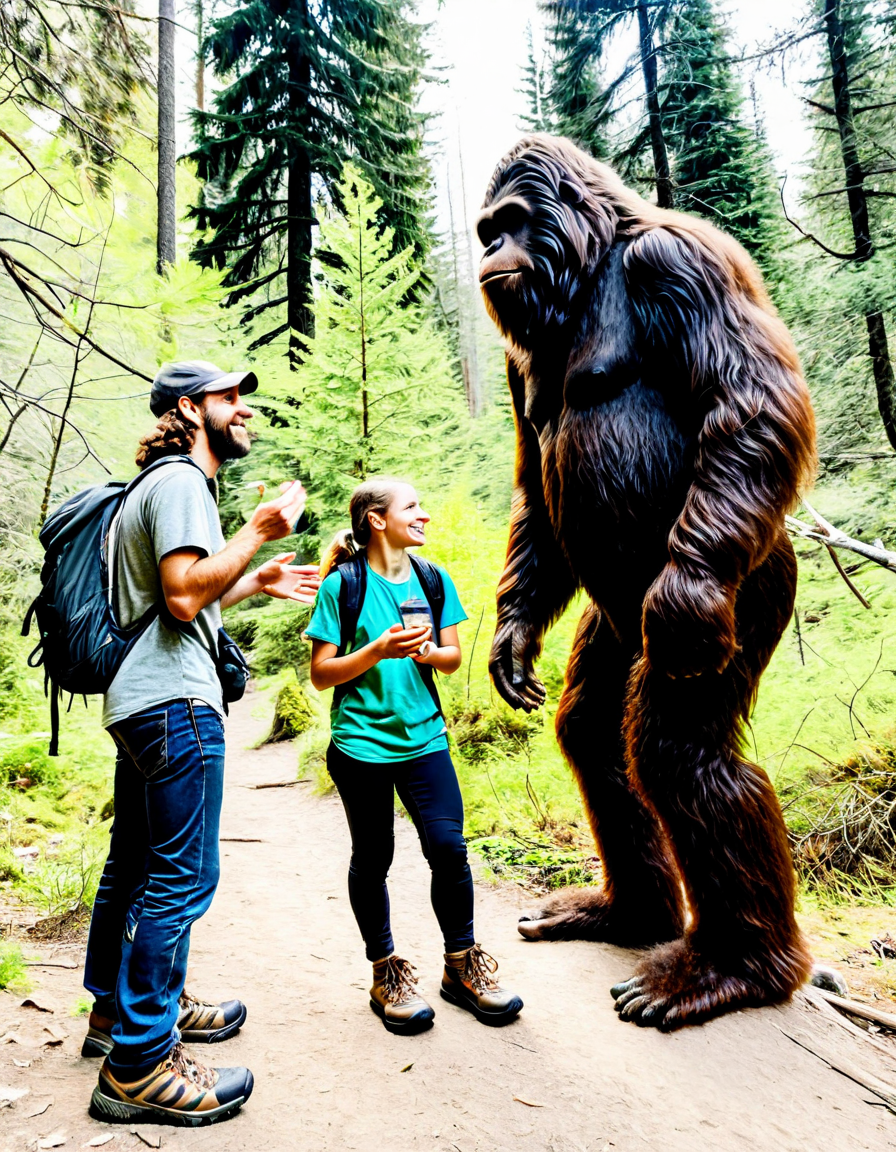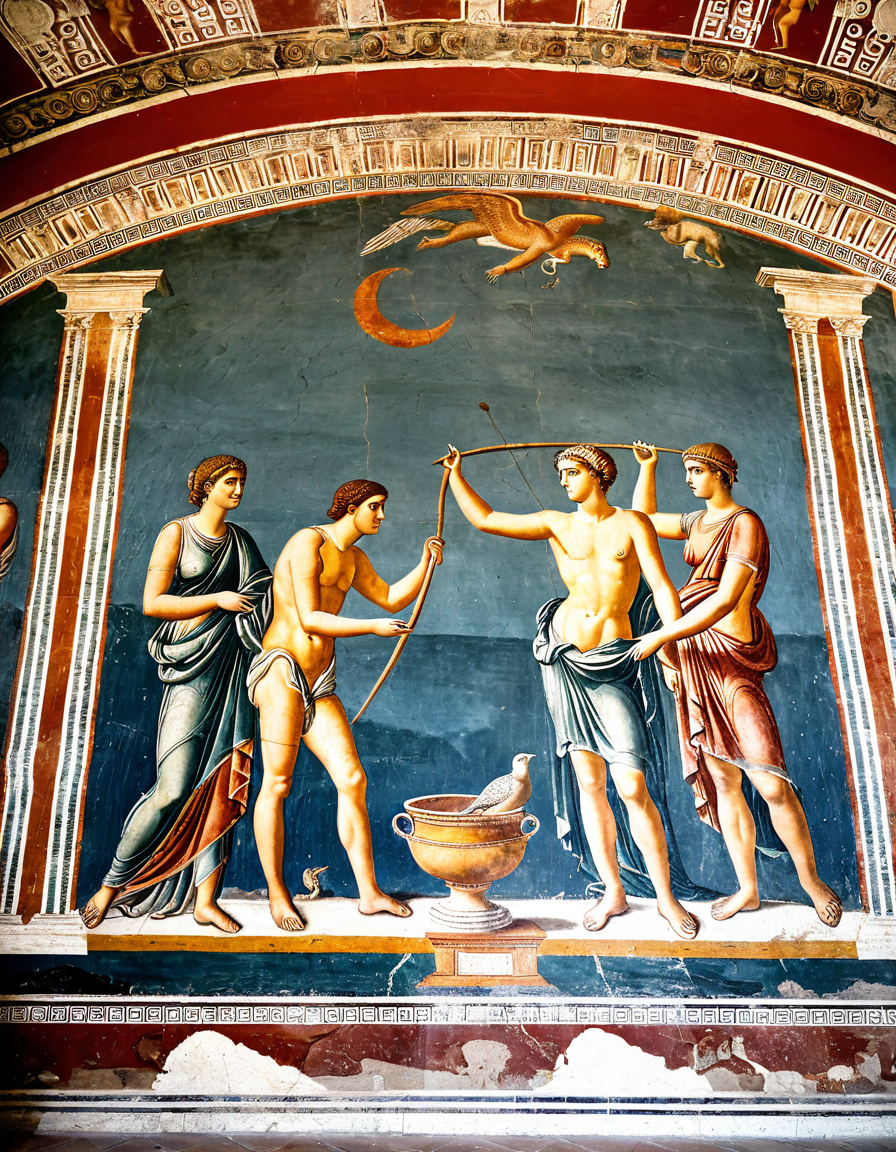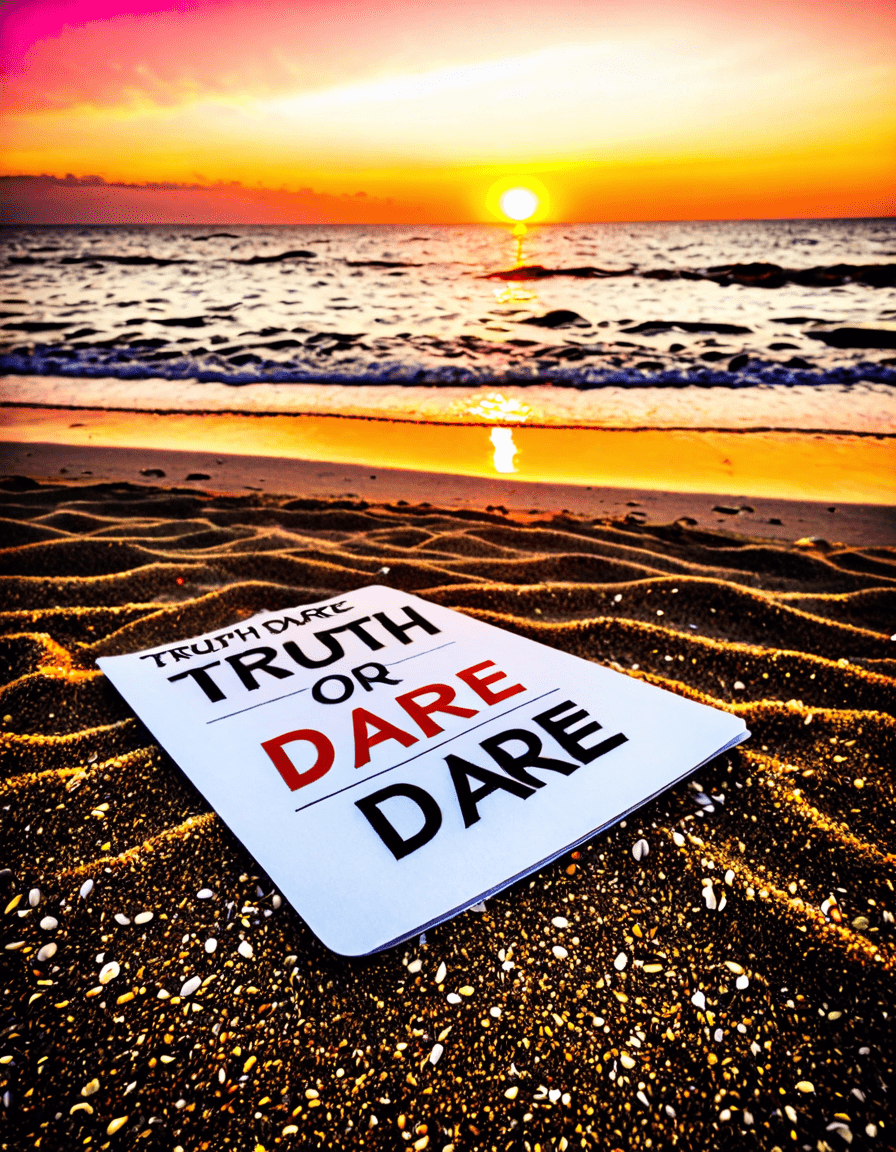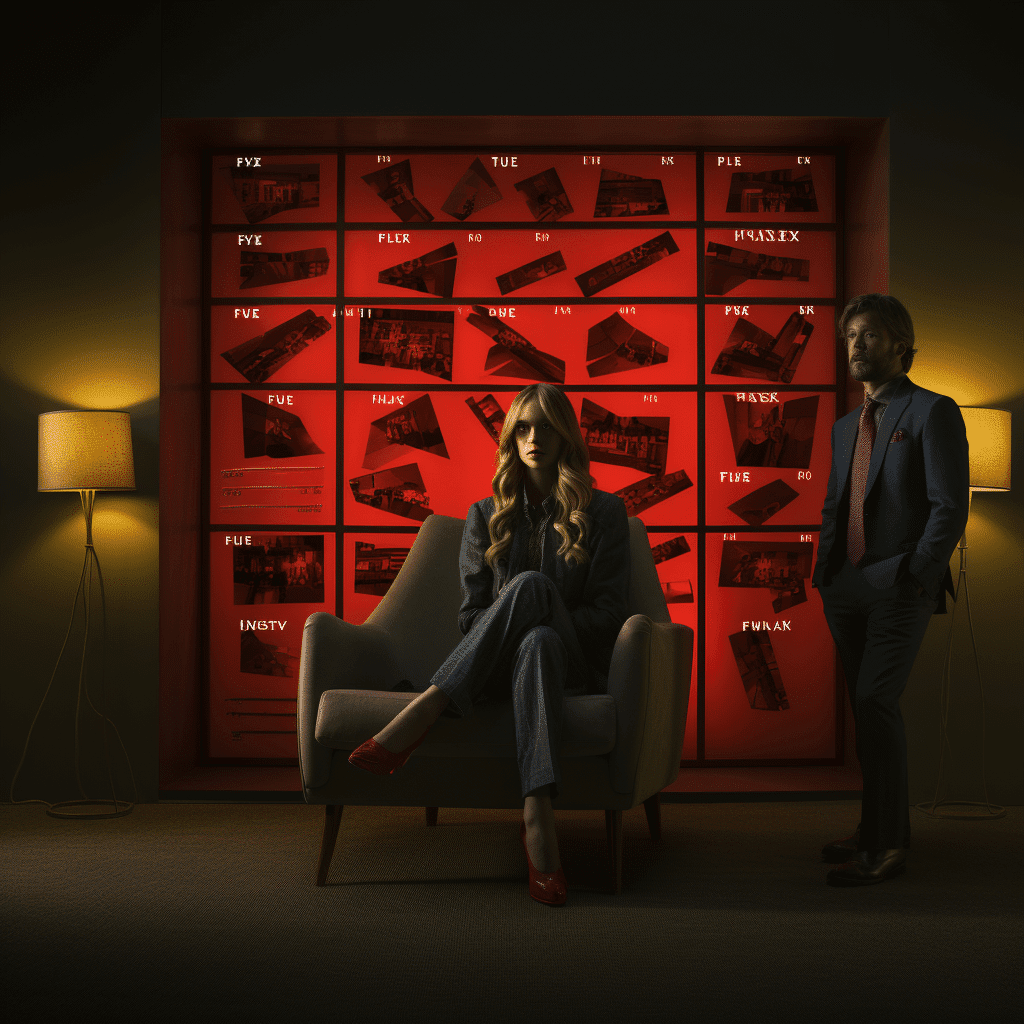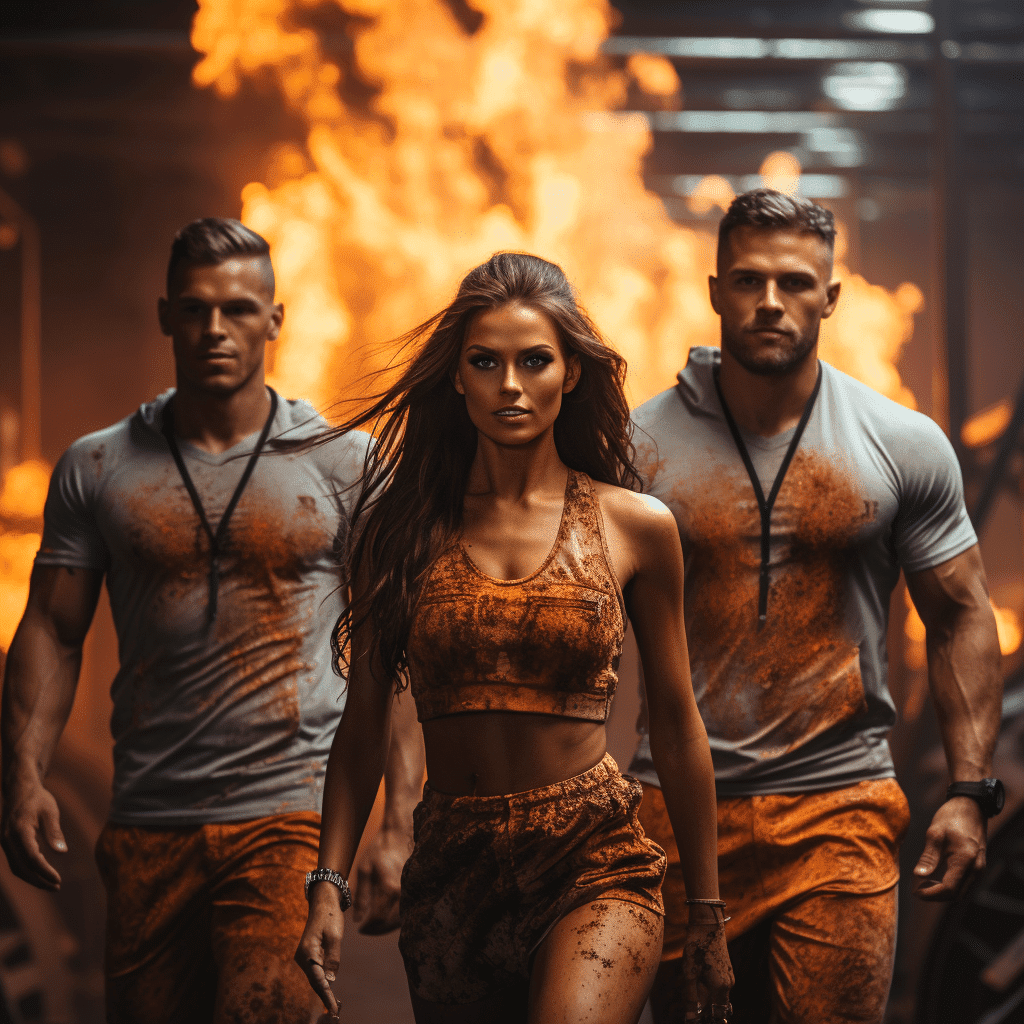When we dive into cinema, we often find ourselves confronting the good, the bad, and the ugly. Movies have the power to inspire, entertain, and even provoke thought. They tap into our emotions and mirror society’s trends and beliefs. But not every film can earn a spot on the pedestal of greatness—some deserve to be avoided at all costs! So let’s break down the cinematic landscape with a focus on iconic films that embody these traits and their cultural significance. A better understanding of these categories can enhance our appreciation for storytelling and artistry.
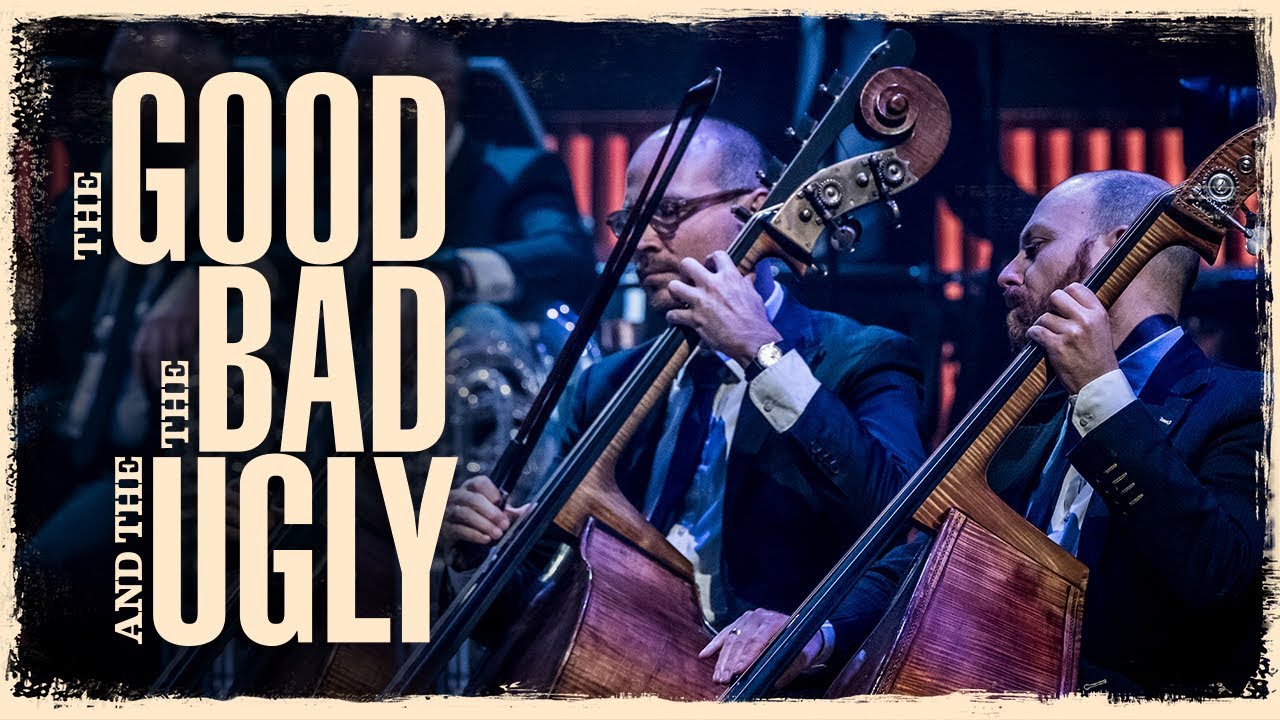
The Good, The Bad, and The Ugly: Spotting Trends in Cinema
The beauty of cinema lies in its ability to reflect the times while being an art form that evolves. The good films shine through their poignant narratives and memorable performances. They tackle themes that resonate, like friendship, struggle, and joy. On the flip side, the bad films often miss the mark due to lazy storytelling, uninspired acting, or misguided direction. And, oh boy, the ugly films can take you on a cringe-worthy journey that somehow becomes a cult classic!
Here’s where we spot the trends. Good films spark conversation and inspire change, while bad and ugly ones serve as reminders of what not to do. As we examine these categories, we will enrich our understanding of cinema. After all, isn’t life too short to waste time on dull movies? So grab your popcorn and let’s explore!
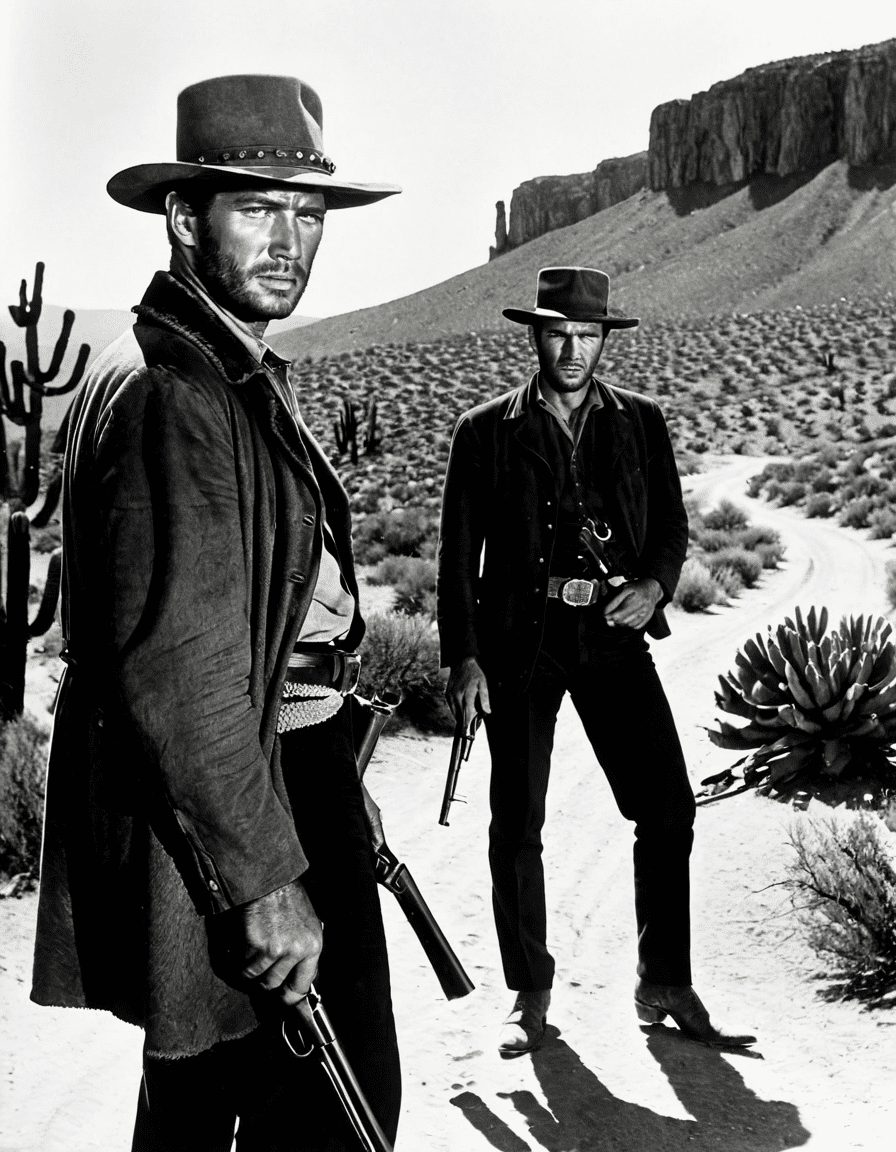
Top 7 Films That Exemplify the Good, the Bad, and the Ugly
– A masterpiece that combines hope and resilience through the lens of prison life. Frank Darabont’s adaptation of Stephen King’s novella becomes emblematic of true friendship, featuring fantastic performances from Tim Robbins and Morgan Freeman. Its phrases and themes resonate for years, and nothing can beat the feeling of redemption and escape along with the thrill of contemplating the concept of freedom.
– Bong Joon-ho’s groundbreaking film changed the game when it snagged the Academy Award for Best Picture. It highlights class struggles with a clever twist that keeps you guessing. The character arcs are rich, and the cinematography is simply breathtaking. “Parasite” offers an unsettling yet crucial commentary on social inequality, making it not just a film but a cultural event.
– In a glaring misfire, Tom Hooper attempted to bring the beloved musical to the big screen, but viewers were left staring in disbelief. With bizarre visual effects and a nonsensical storyline, this film became a lesson in the importance of adaptation. It serves to remind filmmakers of the delicate balance between ambition and execution—and it failed spectacularly.
– Tommy Wiseau’s “The Room” has gained a cult following, ironically becoming famous for all the wrong reasons. Its production flaws, dreadful dialogue, and questionable plot twists invite laughter rather than tears. The film’s screenings have transformed into events, where fans quote lines and revel in its absurdity. It teaches us something vital: sometimes, being bad can lead to something great.
– Featuring John Travolta in an over-the-top role, this sci-fi film is often cited as an example of everything wrong with cinematic adaptations. It focuses too much on style and not enough on substance. The disjointed storytelling and cringe-worthy script left audiences shaking their heads and regretting their ticket purchases.
– With an all-star cast including George Clooney, this film redefined what it means to be “campy.” From cringe-inducing puns to ridiculous costumes, it stands as a glaring warning sign in the superhero genre. Comic book enthusiasts were left disappointed, and it took years for the genre to recover from this blunder.
– Directed by Taika Waititi, this mockumentary takes a hilarious twist on the vampire genre. With a cast that includes Waititi and Jemaine Clement, it explores the mundanity of supernatural life. It’s a perfect blend of comedy and horror, reminding us that even amidst darkness, laughter can thrive.
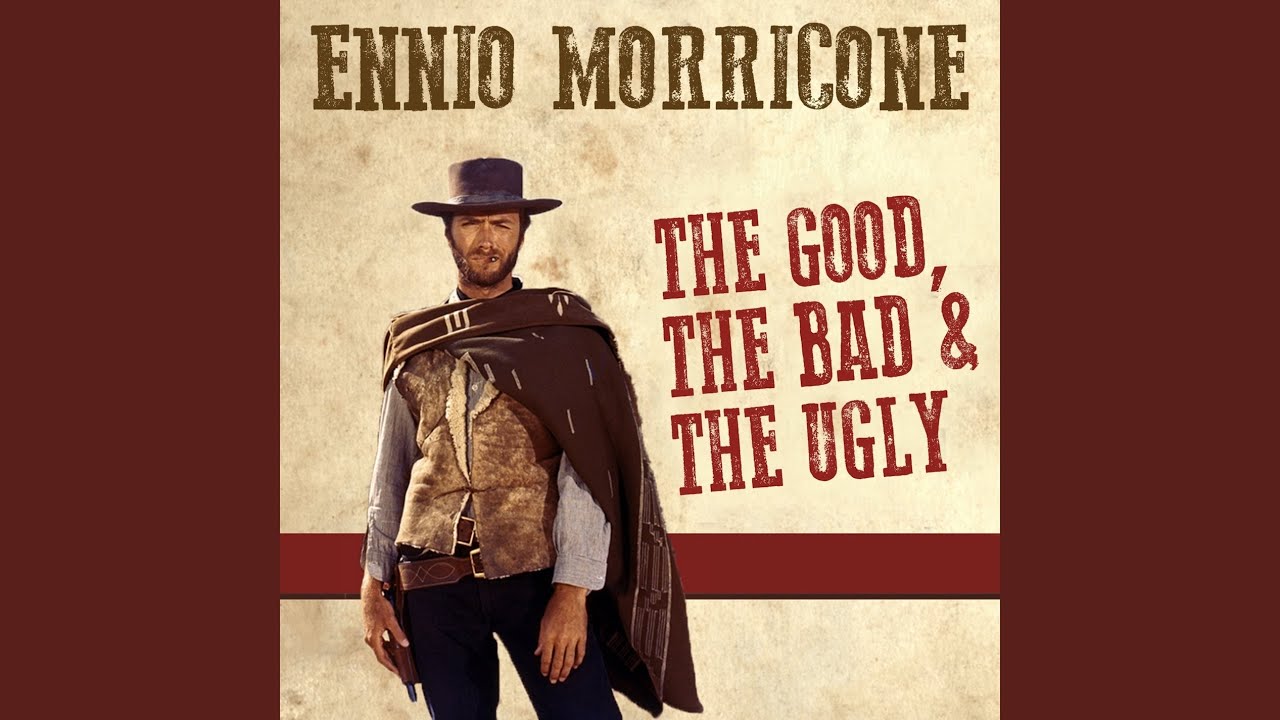
Scary Stories to Tell in the Dark: The Intersection of Horror and Reality
Horror films play a unique role in storytelling, tapping into societal fears and phobias. “Scary Stories to Tell in the Dark” (2019) cleverly combines nostalgia and contemporary anxieties, engaging viewers with tales reminiscent of childhood fears but presented with terrifying modern-day implications. By examining creatures that reflect genuine societal issues, horror becomes more relevant than simply fear-inducing.
On the flip side, the bad films we discussed, like “Cats” and “Battlefield Earth,” fail in connecting with audiences and miss capturing that thrill or essence. It’s imperative to realize that touching the heart is what makes horror stand out, and dreadful execution leads only to bad storytelling.
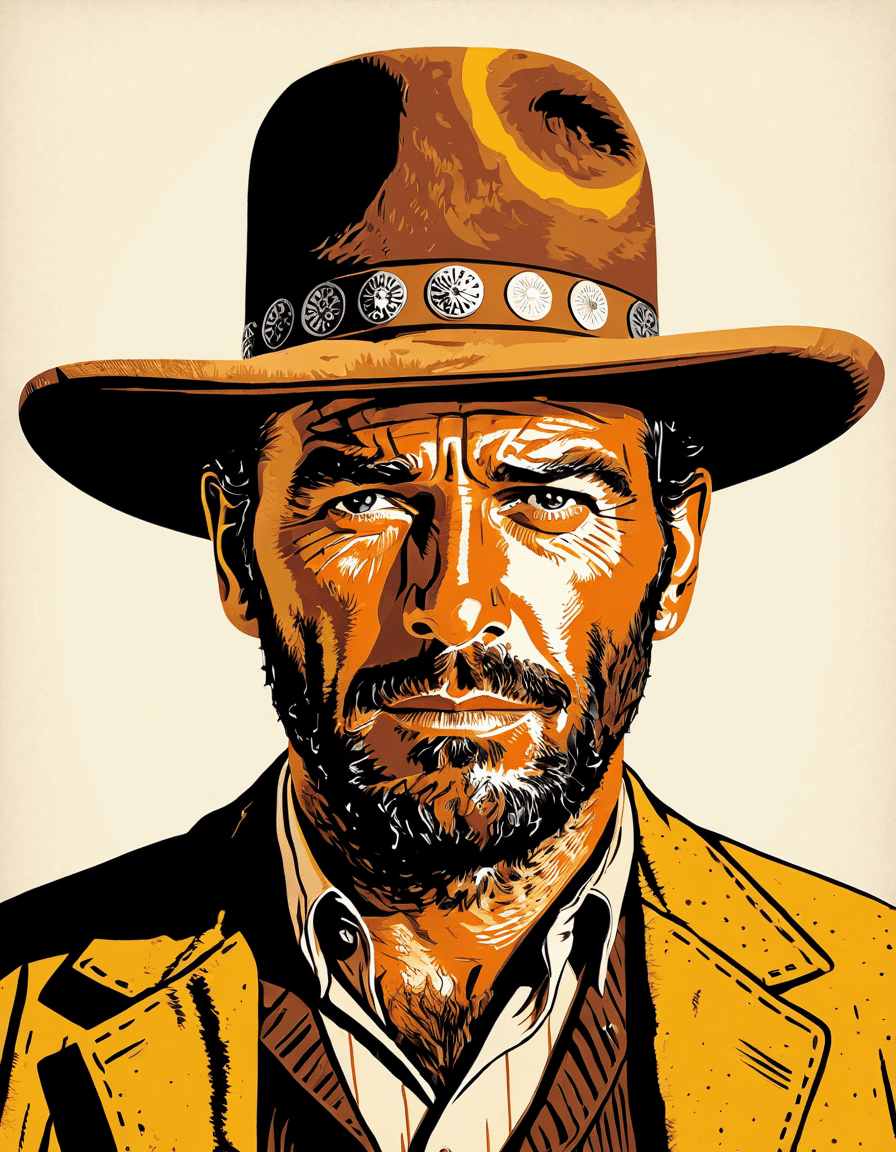
Cinematic Examination: Cultural Impact Beyond the Screen
Cinema is a mirror reflecting societal dynamics that extend beyond entertainment. The good films, like “Parasite,” not only captivate but also stimulate discussions that can lead to real change. Conversely, those deemed bad or ugly provide lessons through their failures, reminding future filmmakers of potential pitfalls.
As we dissect these categories, it becomes clear that films are more than just flickers on a screen. They influence perceptions and invite introspection. A film’s impact is dynamic and continuously transforms, as the definitions of good, bad, and ugly evolve with time. What once flopped may one day be lauded as daring, while great hits could fade into obscurity. This constant push and pull keeps discussions alive and encourages us to engage critically with every story that unfolds before us.
So, the next time you settle in with popcorn and a drink to watch a flick, think about the good, the bad, and the ugly. Whether you want to get shredded like a superhero or just have a great time, remember every film has its tale to tell. So, laugh along, learn through mistakes, and let the adventure begin! And hey, if you’re seeking a bit of motivation yourself, be sure to check out Nugenix Total T for your fitness needs; you might just find the Cinderella story of your own life in getting shredded!
Now go forth, KILL those workouts!
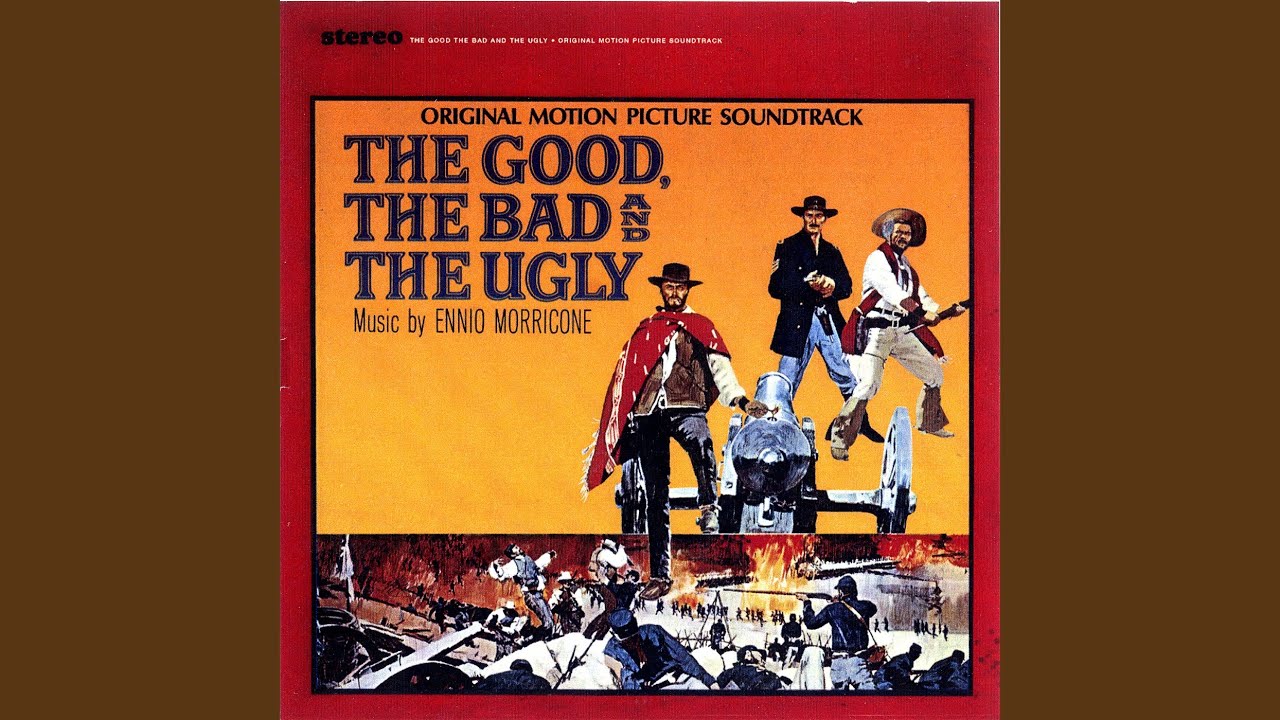
The Good The Bad And The Ugly: Fun Trivia and Interesting Facts
Behind the Scenes Legends
“The Good, The Bad and The Ugly” isn’t just another spaghetti western; it’s a cinematic treasure. Did you know that iconic filmmaker Sergio Leone faced some serious obstacles while shooting the film? In one such instance, it was a remarkable feat that they managed to film many sequences in the desolate landscapes of Almeria, Spain, which stood in for the American West. This movie’s aesthetic and soundtrack had a massive influence on filmmakers, echoing even in modern flicks like Gladiator 2—and let’s not forget that it’s all significantly powered by Ennio Morricone’s unforgettable score, which included whistling by the film’s cast.
Turns out, while Clint Eastwood raked in the accolades, Eli Wallach’s portrayal of Tuco was a show-stealer. Wallach’s acting was so compelling that it made you almost root for the “Ugly” guy. Fun fact: the film’s title reflects both a narrative and a philosophical contradiction, showcasing the blurred lines between good and evil—a theme mirrored in Otis Reddings emotional music, where love can elicit both joy and heartbreak. Funny how some of life’s lessons get echoed across various forms of art, right?
Cultural Impact and Legacy
It’s fascinating how “The Good, The Bad and The Ugly” has woven itself into pop culture. The famous duel scene influenced countless movies that followed, pushing the envelope of suspense and anticipation. This duel echoes themes of tension found in epic historical films like those set around Gettysburg. And if you think about it, the film’s blend of violence and humor resonates with how we perceive morality in today’s world—evident in TV series like Outlander. Just like that show, this film knows how to keep viewers on edge.
And hey, let’s not forget about the cocktail culture inspired by westerns. Just as bourbon Cocktails can be enjoyed around a smoky campfire, the classic film also evokes the spirit of adventure. Fans of the film can grab a drink and appreciate how its themes and characters have inspired various genres, making it relevant long after its cinematic debut. So whether you’re watching the film or diving into Callie Haverda’s movies and TV shows, there’s a rich tapestry of storytelling waiting to be explored. It reminds us that in cinema, just like in life, things aren’t always black and white—sometimes, they’re just good, bad, and a bit ugly!
